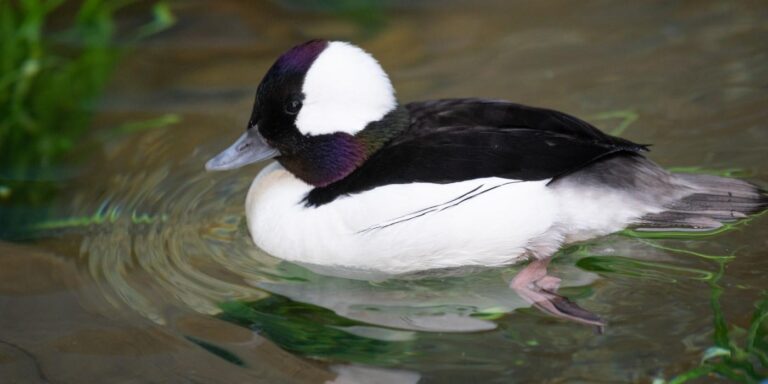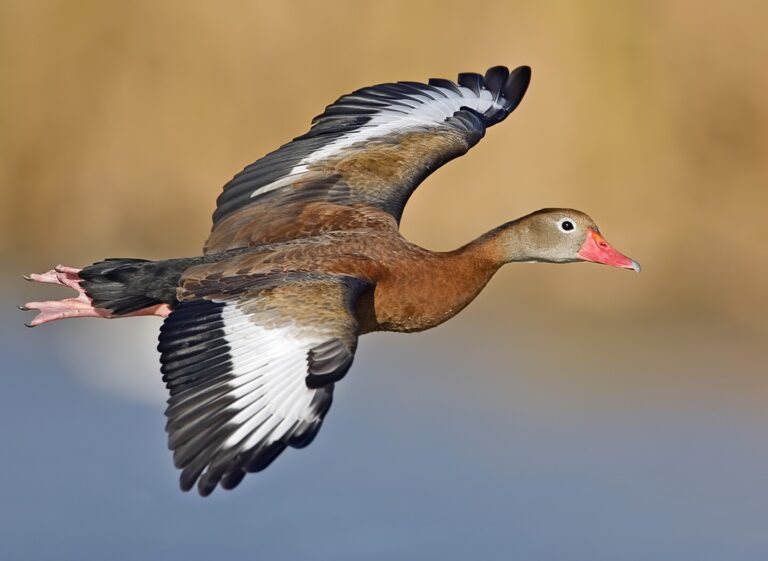7 Types of Small Birds with Long Tails (With Photos)
Small birds with long tails are some of the most fascinating creatures in the sky. Their elegant, trailing feathers set them apart. I’ve researched some of the most interesting species, and each has its own story. From graceful hunters to colorful show-offs, these birds are full of surprises. You’ll learn about their habits, diets, and unique traits. Let’s dive into the world of these small birds with big personalities!
Common Types of Small Birds with Long Tails
- Scissor-tailed Flycatcher
- Greater Roadrunner
- Long-tailed Broadbill
- Long-tailed Tit
- White-tailed Tropicbird
- Common Pheasant
- Exclamatory Paradise-Whydah
1. Scissor-tailed Flycatcher
- Scientific Name: Tyrannus forficatus
- Size: 13-14.5 inches (33-37 cm)
- Weight: 1.3-2 oz (37-58 g)
- Lifespan: Around 10 years
- Diet: Insects, small fruits, and berries
The Scissor-tailed Flycatcher is one of the most striking birds in North America. With its long, forked tail that can sometimes be twice the length of its body, it glides through the sky with grace and elegance. This bird is native to the southern United States, particularly in Texas, Oklahoma, and nearby areas. Its tail feathers are long and scissor-like, which is where it gets its name. These tails are not just for show; they help the bird with aerial maneuvers as it catches insects mid-flight.
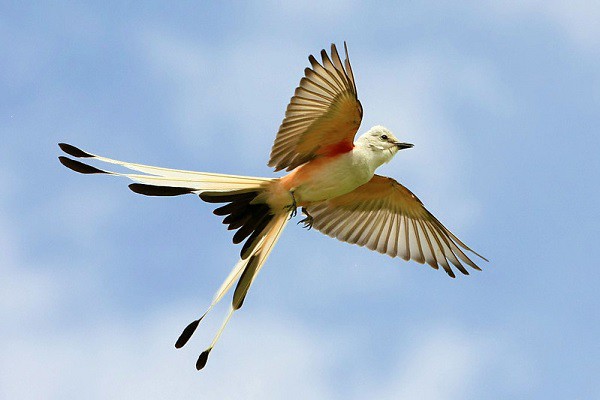
These birds are migratory, traveling between their breeding grounds in the U.S. and their winter homes in Central America. They’re often seen perching on fence posts, scanning the area for flying insects. During mating season, the males put on an impressive aerial display to attract females, showcasing their tail’s agility and beauty.
2. Greater Roadrunner
- Scientific Name: Geococcyx californianus
- Size: 20-24 inches (50-61 cm)
- Weight: 8-15 oz (230-430 g)
- Lifespan: Up to 7-8 years
- Diet: Insects, small reptiles, and small mammals
The Greater Roadrunner is a bird best known for its incredible speed and distinct appearance, which includes a long tail that trails behind as it runs. Despite its ability to fly, it prefers to stay on the ground, using its long tail for balance as it darts after prey. This bird is mostly found in the deserts of the southwestern United States and Mexico.

Greater Roadrunners are opportunistic hunters, meaning they’ll eat a variety of prey, from insects to small lizards and even rattlesnakes. These birds can run at speeds of up to 20 miles per hour, making them one of the fastest-running birds. Their tail helps steer them as they chase after food, and their sharp beak is used to catch and kill their prey.
3. Long-tailed Broadbill
- Scientific Name: Psarisomus dalhousiae
- Size: 10 inches (25 cm)
- Weight: 1.2-1.6 oz (34-45 g)
- Lifespan: Around 8-10 years
- Diet: Insects, fruits, and berries
With its vibrant green body, blue crown, and bright yellow throat, the Long-tailed Broadbill is a stunning sight in the forests of Southeast Asia. Its long tail adds to its charm, trailing behind as it moves gracefully through the treetops. These birds live in small groups and are often seen hopping around in search of food.
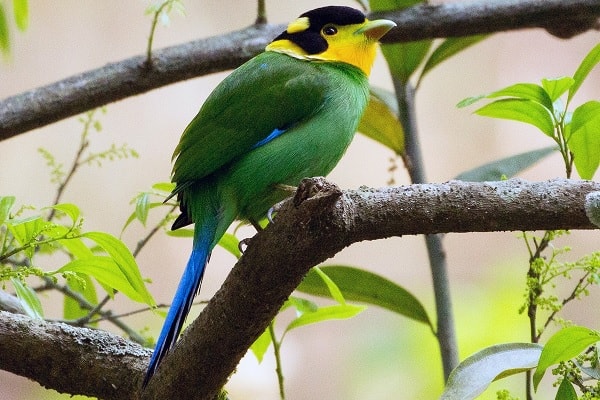
The Long-tailed Broadbill is not just about looks; it plays an important role in its ecosystem by helping to control insect populations. These birds are skilled hunters of insects, which make up a significant portion of their diet. In addition, they also feed on fruits, which helps with seed dispersal in the forests.
4. Long-tailed Tit
- Scientific Name: Aegithalos caudatus
- Size: 5-6 inches (13-16 cm)
- Weight: 0.2-0.4 oz (7-9 g)
- Lifespan: Around 2-3 years
- Diet: Insects, spiders, and small seeds
The Long-tailed Tit is a tiny bird, but its long tail makes it look much larger than it actually is. These birds are social and often found in small flocks, especially during the winter months. They’re widespread across Europe and Asia, where they make their homes in woodlands, hedgerows, and gardens.

One of the most interesting things about the Long-tailed Tit is its cooperative nesting behavior. Several birds may help raise the young in one nest, ensuring better chances of survival. Their long tails help them balance as they move through the trees, searching for insects and spiders to eat. These birds are known for their high-pitched calls, which help keep their flock together as they forage.
5. White-tailed Tropicbird
- Scientific Name: Phaethon lepturus
- Size: 30-31 inches (76-79 cm) (including tail)
- Weight: 12-15 oz (350-430 g)
- Lifespan: Around 16 years
- Diet: Fish and squid
The White-tailed Tropicbird is a stunning seabird with long, streaming tail feathers that make it easy to spot as it soars above tropical oceans. This bird spends most of its life at sea, only coming to land to breed. Found in regions such as the Indian and Pacific Oceans, its long tail is not just decorative; it helps the bird steer and stabilize itself while flying over the water.
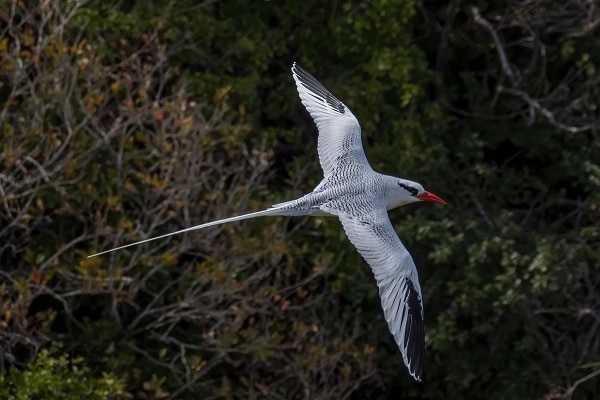
These birds are skilled hunters, diving into the ocean to catch fish and squid, their primary food sources. The White-tailed Tropicbird’s graceful flight and long tail have made it a favorite among birdwatchers, especially when it performs its aerial courtship displays during the breeding season.
6. Common Pheasant
- Scientific Name: Phasianus colchicus
- Size: 20-35 inches (50-90 cm)
- Weight: 2-3 lbs (900-1400 g)
- Lifespan: Around 3 years in the wild
- Diet: Seeds, insects, and small vertebrates
The Common Pheasant is a familiar sight in many parts of the world, especially in Europe and Asia. Known for its colorful plumage and extremely long tail, the male pheasant’s tail can be nearly half of its total body length. This bird is often associated with rural landscapes, where it thrives in fields, meadows, and woodlands.
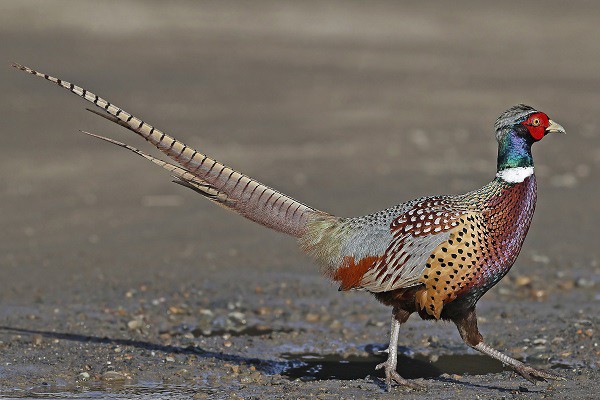
Common Pheasants are ground-dwelling birds, feeding primarily on seeds, but they’re also opportunistic, eating insects and small animals when they can. During the breeding season, males use their long tails and vibrant feathers to attract females. These birds are also a favorite of hunters and have been introduced to various parts of the world for this purpose.
7. Exclamatory Paradise-Whydah
- Scientific Name: Vidua interjecta
- Size: 5-6 inches (12-15 cm) (without tail)
- Weight: 0.5-1 oz (15-25 g)
- Lifespan: Around 5 years
- Diet: Seeds and insects
The Exclamatory Paradise-Whydah is a small bird native to sub-Saharan Africa, known for the male’s dramatic tail feathers that can be several times the length of its body during the breeding season. The males develop these striking tails to attract females, and their long, flowing tails make them appear much larger and more striking than they actually are.
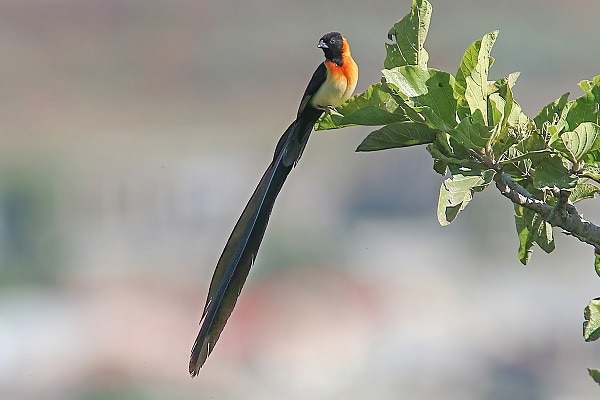
Outside of the breeding season, the males lose their long tail feathers, making them blend in more easily with the surrounding environment. Exclamatory Paradise-Whydahs are brood parasites, meaning they lay their eggs in the nests of other bird species, leaving the host birds to raise their chicks.
Read More🐦Related Articles:
- Types of Conures
- Scary Bird Species
- Doves in Arizona
- Owls in Louisiana
- Doves in Michigan
- Largest Birds of Prey
Conclusion
Small birds with long tails are some of the most captivating creatures in the avian world. From the agile Scissor-tailed Flycatcher to the dazzling Exclamatory Paradise-Whydah, these birds use their long tails for various reasons, whether to attract mates, improve flight, or helping with balance as they move. Each bird has its own unique lifestyle, diet, and habitat, but they all share one thing in common: their long, graceful tails that set them apart from other birds.
These remarkable birds remind us of the diversity and beauty found in nature. They not only enhance the ecosystems they inhabit but also inspire us with their elegance and fascinating behaviors.


